Cordless reciprocating saws are a game-changer for anyone who loves DIY or works in construction. They let you cut through wood, metal, and other materials without being tethered to an outlet. Lightweight and easy to maneuver, these saws give you the freedom to tackle projects both indoors and out.
Cordless Reciprocating Saws
Experience unmatched portability and power for your cutting projects with our top of the line cordless reciprocating saws
Product List
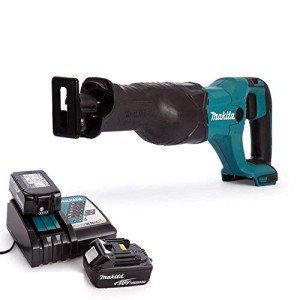
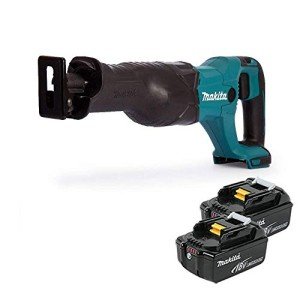
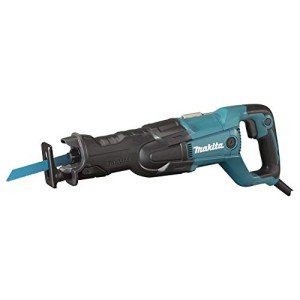
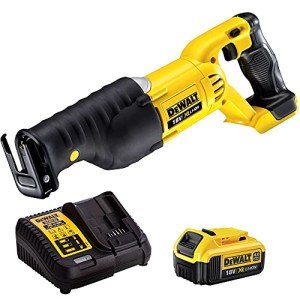
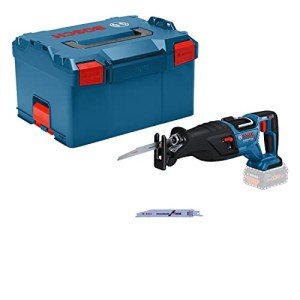
Bosch Cordless Reciprocating Saw
Bosch Professional
Product Review Score
4.49 out of 5 stars
117 reviews$559.23
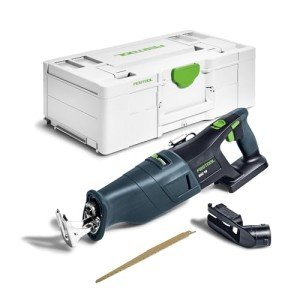
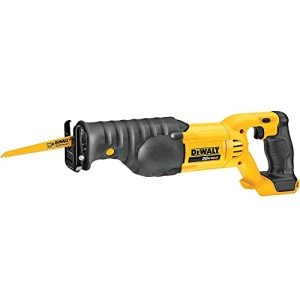
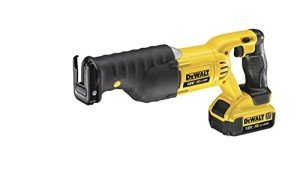
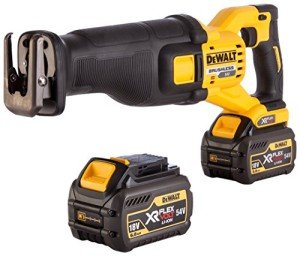
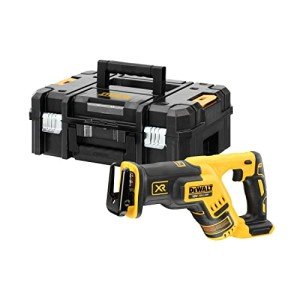
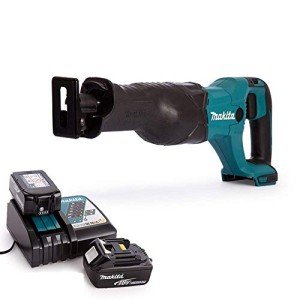
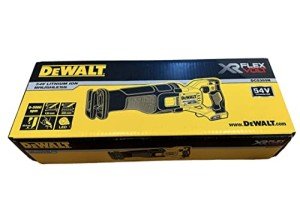
Cordless reciprocating saws have revolutionized the way both professionals and DIY enthusiasts approach cutting tasks. They are the go-to tools for a variety of applications, from demolition work to delicate woodworking. Their portability, ease of use, and powerful performance make them indispensable in any toolkit. This post delves into the features, advantages, and specifications you should consider when selecting a cordless reciprocating saw, ensuring you make an informed choice.
What is a Cordless Reciprocating Saw?
A cordless reciprocating saw, often referred to as a “saber saw” or “recip saw,” is a type of power tool that utilizes a back-and-forth (reciprocating) motion to cut through various materials. Traditionally powered by electricity, these saws have evolved to offer the convenience of battery power, providing users with the ability to work without the limitations of cords.
Key Features to Look For
When selecting a cordless reciprocating saw, several features can enhance its usability and performance. The following table summarizes these features and their benefits.
| Feature | Benefits |
|---|---|
| Battery Voltage | Higher voltage often indicates more power and speed. |
| Stroke Length | Longer strokes can increase cutting efficiency. |
| Stroke Speed (SPM) | Higher strokes per minute allows for quicker cuts. |
| Weight | Lightweight saws reduce user fatigue during prolonged use. |
| Variable Speed Control | Provides greater control for delicate or tough materials. |
| Blade Change Mechanism | Tool-free blade change saves time and enhances convenience. |
| Ergonomic Design | Comfortable grips improve handling and reduce strain. |
| LED Light | Illuminates work areas for improved visibility. |
| Safety Features | Protects users from accidental starts and kickbacks. |
Benefits of Cordless Reciprocating Saws
Cordless reciprocating saws offer numerous advantages over their corded counterparts. Here are some of the most notable benefits:
-
Portability: The absence of a power cord allows users to work in hard-to-reach areas without being tethered to an outlet.
-
Versatile Applications: Suitable for cutting wood, metal, plastic, and even masonry, making them ideal for various projects.
-
User-Friendly: Many models are designed for easy operation, making them accessible even for beginners.
-
Reduced Trip Hazards: With no cords to maneuver around, users can work more freely and safely.
-
Increased Productivity: The convenience of battery power means less downtime and the ability to switch locations quickly.
Selecting the Right Cordless Reciprocating Saw
When it comes to choosing the right cordless reciprocating saw, one must consider their specific needs and applications. The table below highlights different aspects to check when making a selection.
| Consideration | Description |
|---|---|
| Purpose | Determine if the saw will be used for light duty or heavy-duty tasks. |
| Battery Type | Lithium-ion batteries provide longevity and fast charging. |
| Price Range | Consider your budget while balancing features and quality. |
| Brand Reputation | Opt for well-reviewed brands known for reliability and customer service. |
| Warranty | A longer warranty can provide peace of mind regarding quality. |
Popular Cordless Reciprocating Saw Models
Here are a few notable models currently available in the market, showcasing a variety of features suited for different needs.
| Model Name | Battery Voltage | Stroke Length | SPM | Weight | Price Range |
|---|---|---|---|---|---|
| DeWALT DCS380B | 20V | 1-1/8 in. | 0-3000 | 7.8 lbs | £150-£200 |
| Milwaukee M18 Fuel | 18V | 1-1/8 in. | 0-3000 | 6.8 lbs | £200-£250 |
| Makita XRJ04Z | 18V | 1-1/8 in. | 0-3000 | 7.9 lbs | £180-£230 |
| Bosch GSA18V-083B | 18V | 1-1/8 in. | 0-2800 | 7.4 lbs | £140-£180 |
FAQs
What types of materials can be cut with a cordless reciprocating saw?
Cordless reciprocating saws are versatile and can cut through a variety of materials, including wood, metal, plastic, drywall, and even some masonry. The choice of blade will largely determine the material you can cut.
How long does the battery last?
Battery life varies by model and usage. On average, a lithium-ion battery can last anywhere from 30 minutes to several hours depending on factors like the type of material being cut and the intensity of use.
Are cordless reciprocating saws suitable for professional use?
Yes, many cordless reciprocating saws are designed for professional-grade performance, offering durability and power suitable for demanding tasks. Always look for high voltage and quality design.
How do I maintain my cordless reciprocating saw?
Regular maintenance includes cleaning the saw after use, checking the blade for wear and tear, and ensuring the battery is charged and stored properly. Always follow any specific maintenance guidelines provided by the manufacturer.
Cordless reciprocating saws provide unmatched versatility and convenience for both professional contractors and weekend warriors. Understanding the various features, benefits, and specifications will empower you to make an informed decision when purchasing a cordless reciprocating saw. Take the time to consider your specific needs, and you'll enjoy a cutting tool that not only meets but exceeds your expectations. Whether you’re tearing down walls or trimming branches, a cordless reciprocating saw will surely become a trusted companion in your tool collection.